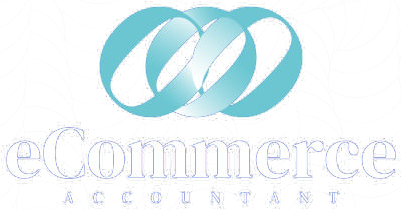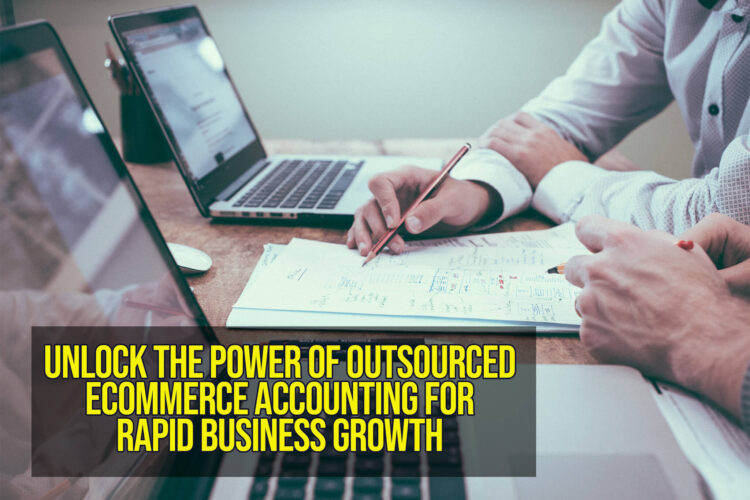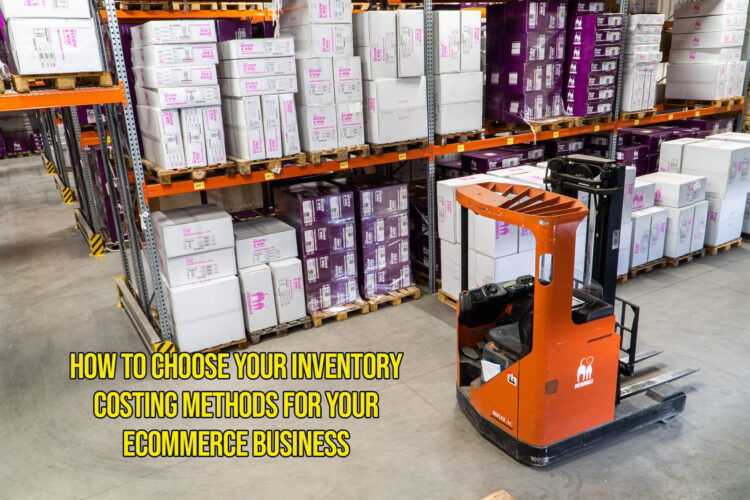
In an era where the digital marketplace is expanding at an unprecedented pace, businesses must smartly leverage multiple platforms to amplify their sales. With a plethora of online spaces available – from dedicated e-commerce sites to social media channels – it is essential for businesses to diversify their presence and reach out to the broadest possible audience. This guide is designed to walk you through effective tactics to boost your sales across varied platforms, helping you navigate the complexities of the digital world and achieve your business goals with greater success.
Understand the Benefits of Selling on Multiple Channels
One of the foremost benefits of multi-channel selling is the increased visibility it offers. Diversifying your online presence helps you cast a wider net and reach potential customers from a variety of demographics and interests. Here are a few key channels to consider:
- E-commerce Platforms: Websites like Amazon, eBay or Etsy give sellers access to an enormous global customer base. They are especially useful for sellers offering niche products, as they allow you to reach a large audience that might be difficult to gather on your own.
- Social Media Channels: Platforms such as Instagram, Facebook, and Pinterest have evolved into powerful selling platforms. They allow businesses to engage with customers on a personal level, building trust and brand loyalty.
- Your Own Website: While third-party platforms can help to increase visibility, having your own website provides complete control over your brand and sales strategy. It can also act as an anchor point for your presence on other platforms.
- Physical Stores: Even in the digital age, physical stores play an important role. They offer customers the tangible experience of products, which can significantly boost sales when coupled with online channels.
Create a Content Marketing Strategy to Promote Your Products
A robust content marketing strategy is pivotal to driving traffic to your sales channels and promoting your products. This involves creating and sharing valuable free content to attract and convert prospects into customers, and customers into repeat buyers. It’s about telling a story that resonates with your audience and offers them a solution to a problem they’re facing.
For example, if you’re selling kitchen appliances, a possible content marketing strategy could include a blog on your website that offers recipes, cooking tips, and how-to guides using your products. On social media, you could share short videos of these recipes in action, or user testimonials showcasing how your product has transformed their cooking experience. Offline, in your physical store, you could offer cooking classes or product demonstrations. Each of these efforts not only promotes your product but also builds a community around your brand, fostering customer loyalty and driving sales on multiple platforms.
Optimize Your Listings to Improve Visibility
Optimizing your listings across all sales channels is crucial for improving product visibility and enhancing customer experience. Begin with keyword research to understand what potential customers are searching for and use these keywords strategically in your product titles, descriptions, and tags. This will enhance your search engine optimization (SEO) and improve your ranking in search results. High-quality product images are also a must. They should be clear, well-lit, and showcase your product from multiple angles. Including infographics or videos can further enhance the customer experience by providing additional information that is both valuable and engaging.
Apart from keyword optimization and high-quality images, it’s also crucial to pay attention to customer reviews and ratings. These act as social proof and can significantly influence purchasing decisions. Encourage your customers to leave reviews and promptly address any negative feedback. This not only helps improve your products and service but also builds trust with potential customers. Furthermore, keep your product information consistent across all platforms. This ensures a seamless shopping experience for your customers, regardless of the channel they choose to use. Remember, each platform is an extension of your brand, and a cohesive brand image strengthens your credibility and professionalism.
Use automated Accounting software to manage your inventory, Sales, and cashflow
Managing your inventory, sales, and cash flow efficiently is a critical aspect of multi-channel selling. Automated accounting software can be a game-changer in this regard, streamlining your processes and providing valuable insights into your business operations. These tools not only help track your inventory across all platforms, but they also enable real-time monitoring of sales and expenses and provide detailed financial reports. This constant stream of data helps in identifying trends, predicting future sales, and making informed business decisions.
Moreover, automated accounting software often comes with integration capabilities, allowing you to connect it with various e-commerce platforms and sales channels. This means you can manage all your sales data from a single dashboard, saving time, reducing errors, and enhancing efficiency. Furthermore, such software can also help with tax compliance and filing, providing accurate financial data and making tax season a less daunting experience. Investing in reliable accounting software is, therefore, a smart move for any business engaged in multi-channel selling.
Alongside using automated accounting software, partnering with a dedicated eCommerce accountant can greatly benefit your multi-channel selling business. Specializing in the unique demands of eCommerce, these professionals can provide bespoke financial advice, tax planning, and crucial insights into your business performance. They can help you navigate the complex tax laws related to online sales and international transactions, reducing the risk of costly errors and compliance issues.



